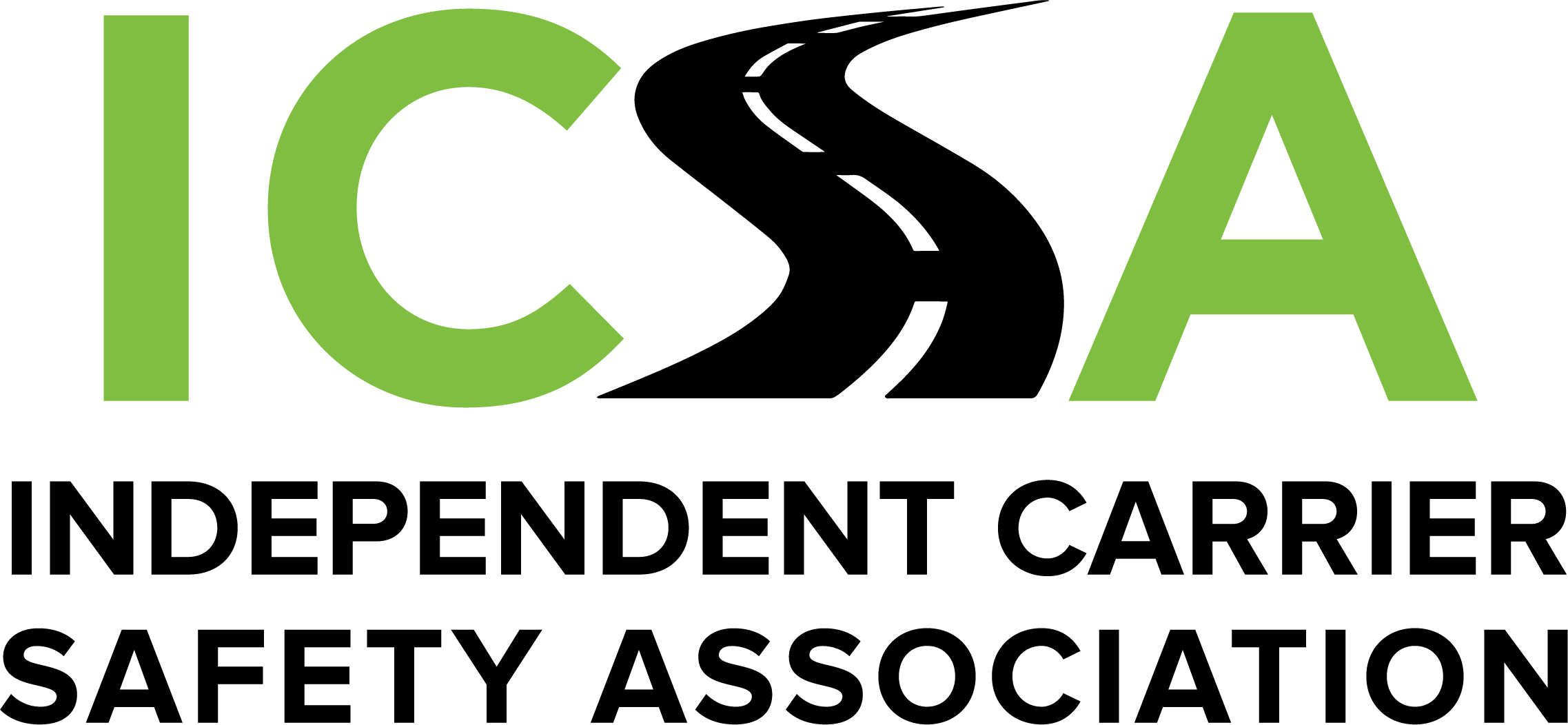A long-ignored English proficiency regulation is now being enforced by commercial vehicle enforcement officers throughout the U.S. The regulation requires that drivers must be able to show that they can understand English signage and communicate with officers at roadside, in weigh stations and elsewhere when they are operating a commercial vehicle.
However, the Executive Order went further by ordering a review of CDLs issued to foreign drivers now working in the U.S. but carriers should prepare for operational and cost implications as well. The Commercial Vehicle Safety Alliance (CVSA) voted just a few days later to mandate that drivers who can’t demonstrate they can read and speak English be placed out-of-service (OOS). OOS violations carry more points against a carrier’s safety record and could adversely affect CSA scores.
Trucking companies that hire foreign drivers with H-2B visas (temporary, nonagricultural workers) or EB-3 (“green cards”) must review hiring and training policies and practices to ensure that they are compliant. Having drivers suddenly placed out of service will impact delivery schedules and operational efficiency.
Now that employers must also ensure all drivers, regardless of visa status, meet English proficiency standards as outlined in the executive order, Wang also recommends companies consider investing in language training to retain drivers and minimize turnover.
Trump’s executive order also directs the Federal Motor Carrier Safety Administration (FMCSA) to tighten its oversight and enforcement on state-issued nondomiciled CDLs – licenses issued to foreign drivers working in the U.S. While regulations allow state licensing agencies to issue CDLs to non-domiciled drivers, experts say that FMCSA has little data on how many drivers have valid non-domiciled CDLs or how many may have been issued fraudulently.

